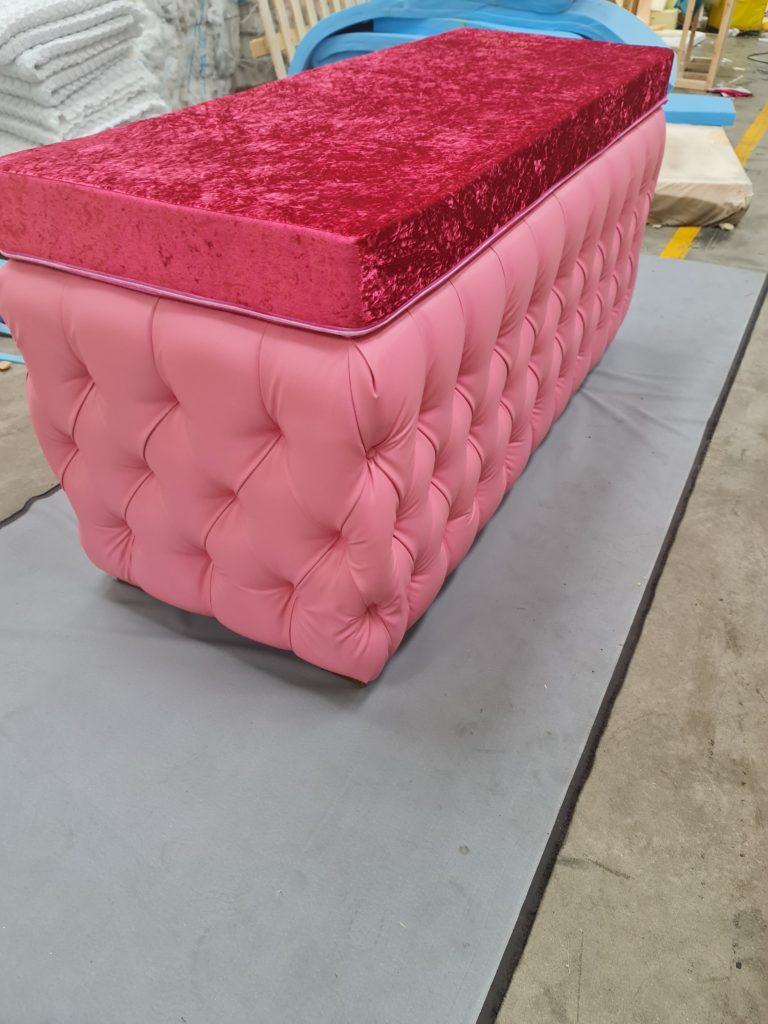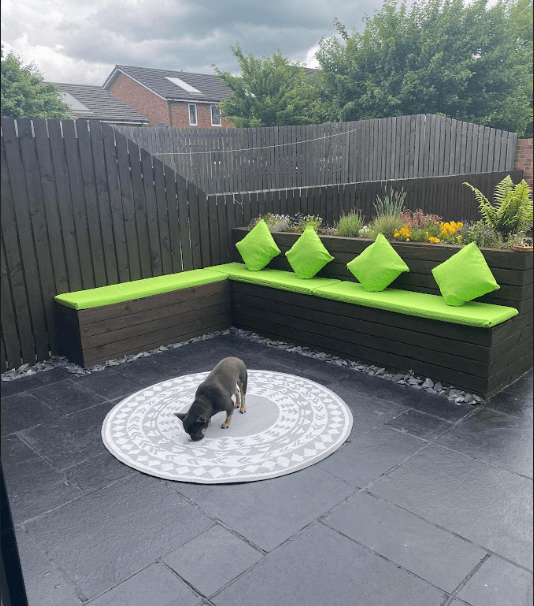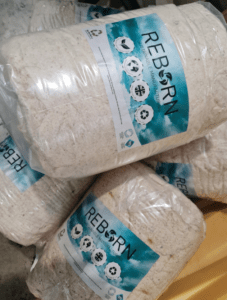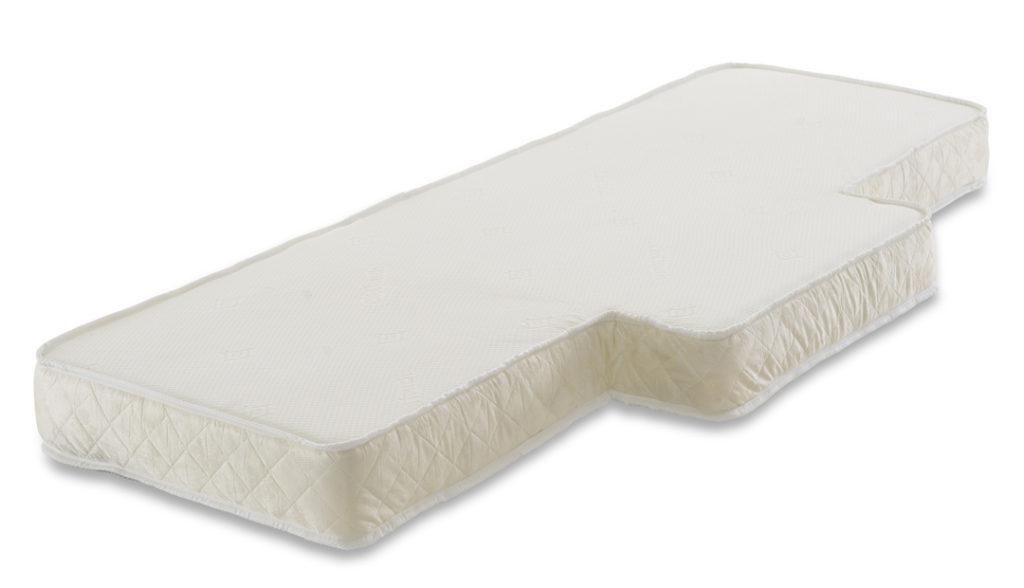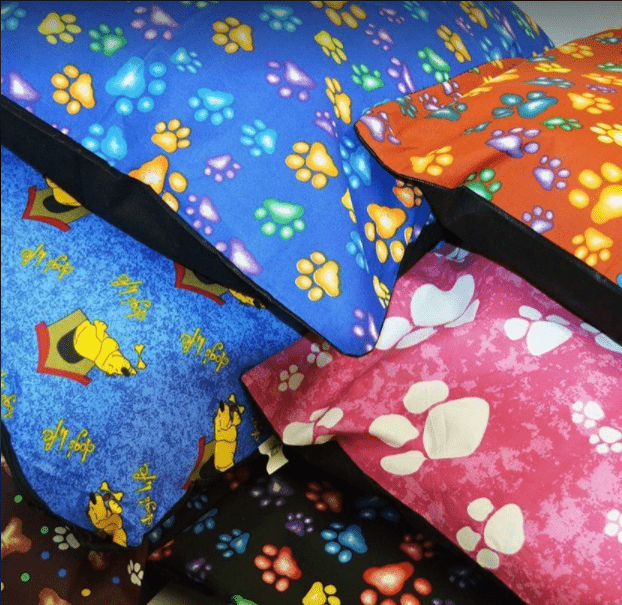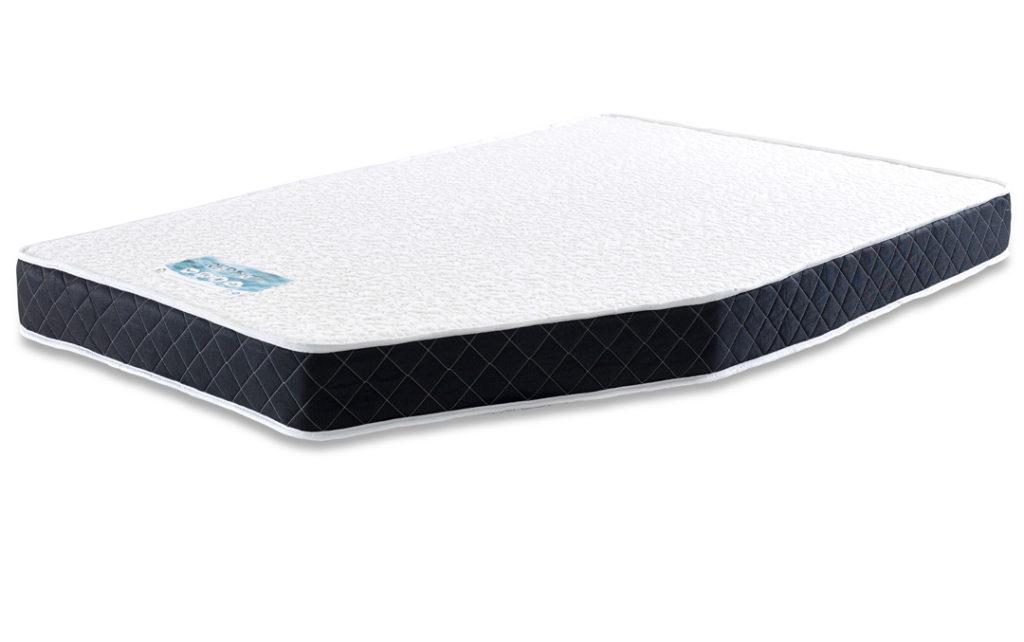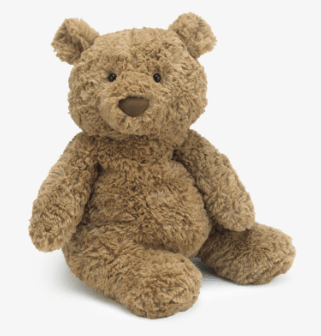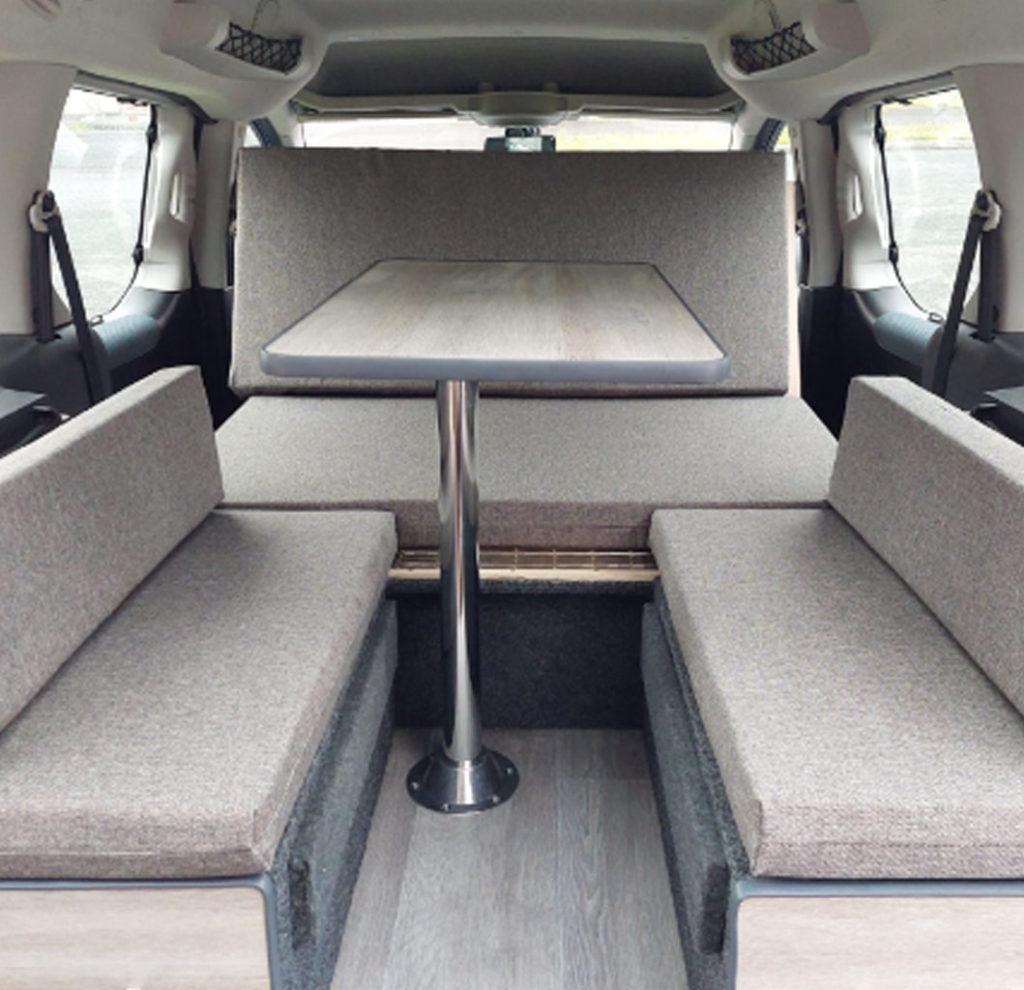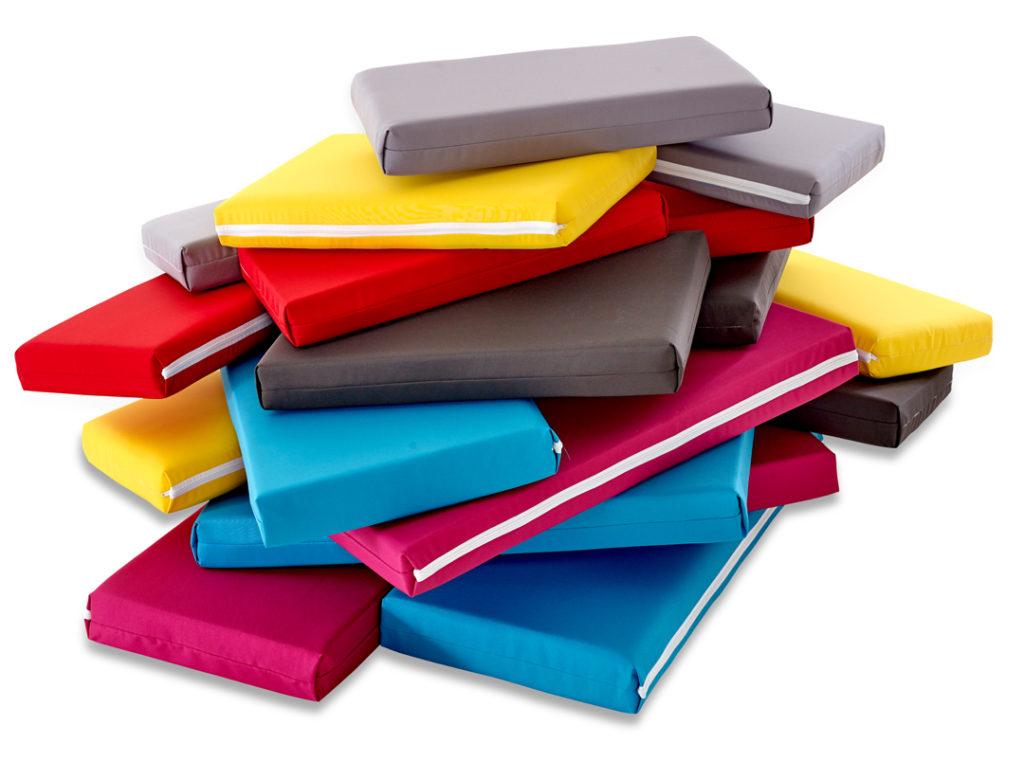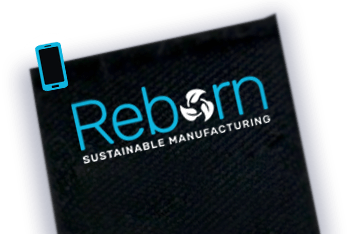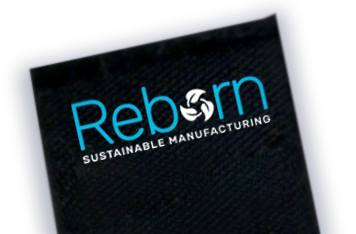Creating Products That Are 100% Recyclable
We believe the eco-design of a Reborn product is just as important as if it was a product manufactured from virgin raw materials. We follow guidelines and findings from industry bodies and environmental management systems such as ISO 14006. We continuously update ourselves with policy and regulatory changes in eco-design, re-use, cleanliness and flammability AND feedback our findings to the regulating bodies so that standards can be continually improved. We look to eliminate ‘Planned obsolescence’ in our manufacturing process to allow our products to focus more on quality rather than quantity.

Ecological Design
“Is an essential approach to product design that takes into consideration the environmental impact, not only during the manufacturing process but during the whole product cycle”
ISO 1400I is an intentionally agreed standard that sets out the requirements for an environmental management system. It helps organisations improve their environmental performance through more efficient use of resources and waste reduction, gaining a competitive advantage and the trust of stakeholders. First published in 1996 with a 2nd edition in 2004 before the largest 3rd edition in 2015, its main aim life after voluntary standards is to assist companies in continually improving their environmental performance and complying with any applicable legislation.
Bye Bye Bed Ltd & Reborn The Sustainable Manufacture
Bye Bye Bed Ltd and Reborn The Sustainable Manufacture assess the cradle-to-cradle full life cycle in all of its products. Using qualitative eco design strategies and consideration given to;
Aggressive minimisation of discard allows us to focus on the many valued materials that still yield good integrity. Using materials from a waste source that was deemed 100% waste means that consideraton needs to be given to all materials retrieved. We consider the materials age and the possible chemical content or bromine levels for materials manufactured prior to the REACH Regulations 2019.
We consider maximising the use of materials by reducing their volume and weight in the design of other articles. Weighing up re-using against recycling at all stages to achieve the most possible life cycles.
The cleanliness of the raw material is crucial and our UK Licenced sanitising process ensures that the materials used not only comply with the UK BS 1425 but are hygienically clean and safe.
Our closed-loop process limits emissions, energy, congestion, power and resource in the transportation and full re-processing of materials. Maximising the use of reusable materials and re-directing only poor-condition materials to re-processes prevents a shift from an environmental crisis and instead creates a manufacturing crisis.
Our zipped removeable cover reduces the need to recycle each and every mattress if the integrity of the core components still yield good condition.
Our ability to utilise the materials allows us to consistently ensure a product that complies with the most stringent of BS 7177 flammability testing.
Many industry sectors demand such a keen price but at the same time have a requirement to comply with medium hazard flammablity standards. Manufacturing these products from virgin raw materials is not always possible to reach these price levels due to the cost of the virgin raw material
Our closed-loop process limits the transportation of goods to re-processors who in effect are taking our like new materals and blending in with virgin raw materials to create the precise same product that we already have. The development and growth of the Reborn brand will reduce the transportation of goods further as strategically positioned mattress recycling and sustainable manufacturing brands locate nationwide and furthermore european and worldwide.
Already a huge hit is our zipped removable cover for use in the contract sector. Perfect for the PBSA sector responsible for over 650,000 mattresses each year, meaning that not all mattresses have to be replaced if the cover can easily be removed and a new one fitted after consideration of the integrity of its inner components.
Our wealth of manufacturing experience and ability to assess each item at dissecting stage allows us to eliminate previous planned obsolescence practices making our sustainably manufactured products last longer in its next life cycle
Already creating its first-ever 2nd life cycle:- ‘its Reborn life’ we look to design, where possible, materials that can be re-used again as it returns back at the end of its Reborn life. Crumbling foams, as a last resort for example, allows us to maximise on the usage of the foam just as long as we can ensure that its cleanliness and hygiene standards are not affected. Following consideration to maximise on the number of life cycles still gives the final end-of-life end destination the opportunity to divert to the original re-processors that have historically been used at the end of its first life cycle.

